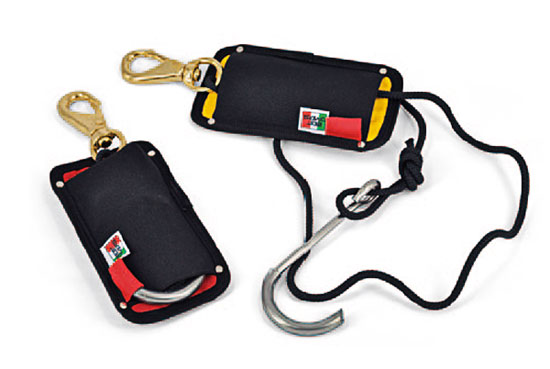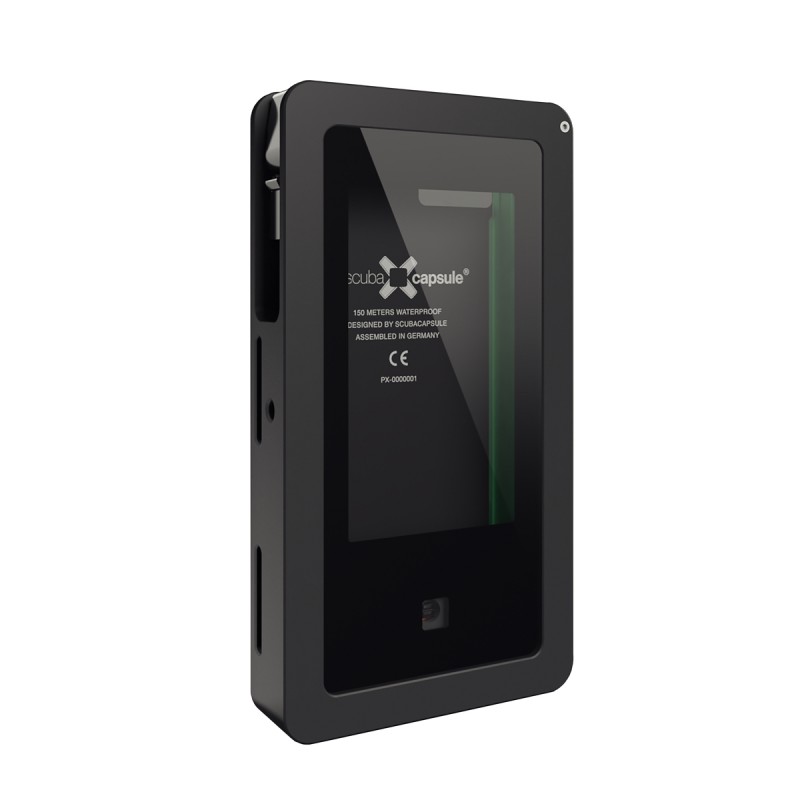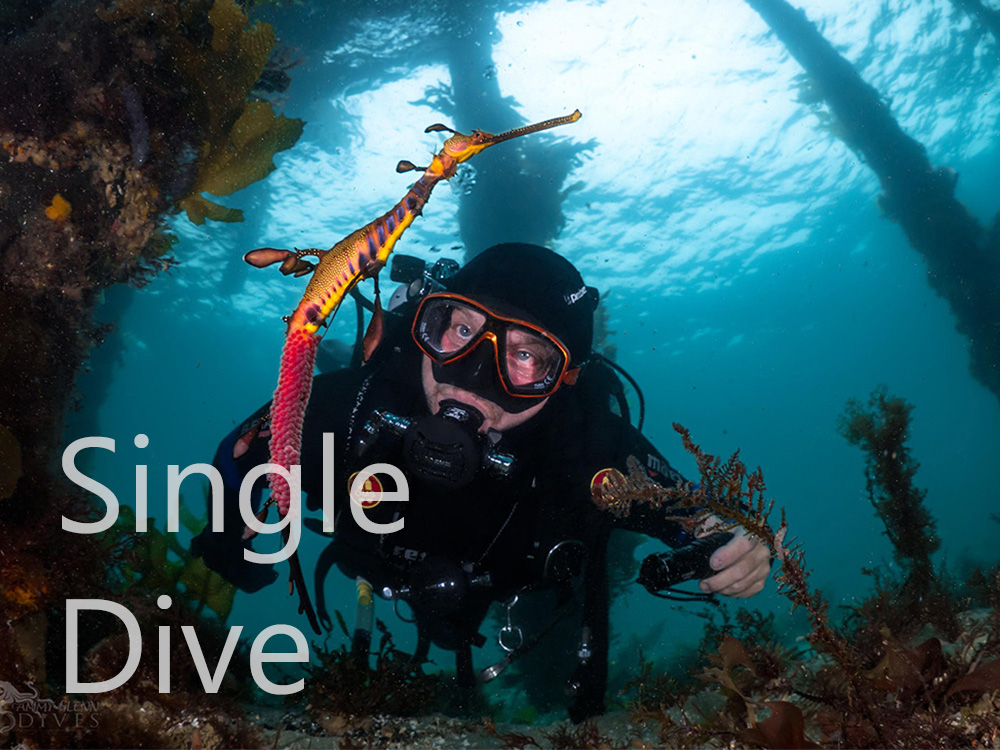Navigation
Jon Lines / Reef Hooks
A Jon Line is an absolute must for divers decompressing in high current areas but who don't have the option of doing a drifting deco. A Jon Line is attached to the diver and then clipped to a shot line so the diver needn't spend any energy holding onto the shot/anchor line themselves. Plus a Jon line enables more divers to be at same depth on the shot/anchor line without crowding each other.
There's no point in trying to go against the flow. A reef hook lets you attach yourself to a reef or other structure in a current and stay in the same place without exertion. It leaves your hands free for underwater photography and videos.
We have some great Jon lines and reef hooks for scuba diving available from The Scuba Doctor dive shop.
Bum Rock
![]() Wall Dive |
Wall Dive | ![]() Boat access
Boat access
![]()
![]()
![]()
![]()
Depth: 3 m (9.84 ft) to 30 m (98 ft) plus.
Level: Advanced Open Water and beyond.
Bum Rock on the western side of Dannevig Island at Wilsons Promontory is hard to miss. The massive smooth granite boulder has a large crack in the centre, causing it to look just like its name.
The crack continues underwater and inwards about 10 metres down to the boulder covered bottom. The depth here is 30 plus metres, and the site can be subject to a very strong surge, so be very careful.
{{wilsons-promontory-marine-reserve}}Traditional Owners — This dive site is in the traditional Country of the Boon Wurrung / Bunurong people of the Kulin Nation. This truly ancient Country includes parts of Port Phillip, from the Werribee River in the north-west, down to Wilson's Promontory in the south-east, including the Mornington Peninsula, French Island and Phillip Island, plus Western Port. We wish to acknowledge the Boon Wurrung as Traditional Owners. We pay respect to their Ancestors and their Elders, past, present and emerging. We acknowledge Bunjil the Creator Spirit of this beautiful land, who travels as an eagle, and Waarn, who protects the waterways and travels as a crow, and thank them for continuing to watch over this Country today and beyond.
Bum Rock Location Map
Latitude: 39° 6.437′ S (39.107289° S / 39° 6′ 26.24″ S)
Longitude: 146° 14.166′ E (146.236105° E / 146° 14′ 9.98″ E)
Datum: WGS84 |
Google Map
Added: 2019-03-13 11:16:33 GMT, Last updated: 2022-04-29 13:49:04 GMT
Source: Google Earth
Nearest Neighbour: Dannevig Island North East, 620 m, bearing 14°, NNE
Wilsons Promontory Marine Reserve.
Depth: 3 to 30+ m.
[ Top ]
DISCLAIMER: No claim is made by The Scuba Doctor as to the accuracy of the dive site coordinates listed here. Should anyone decide to use these GPS marks to locate and dive on a site, they do so entirely at their own risk. Always verify against other sources.
The marks come from numerous sources including commercial operators, independent dive clubs, reference works, and active divers. Some are known to be accurate, while others may not be. Some GPS marks may even have come from maps using the AGD66 datum, and thus may need be converted to the WGS84 datum. To distinguish between the possible accuracy of the dive site marks, we've tried to give each mark a source of GPS, Google Earth, or unknown.

















![Halcyon Infinity 30lb System [SS Small Backplate] Halcyon Infinity 30lb System [SS Small Backplate]](/diveshop/images/halcyon/Halcyon-Evolve-Wing.jpg)












































































































